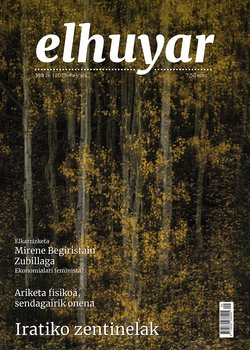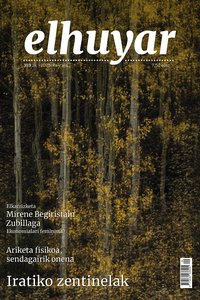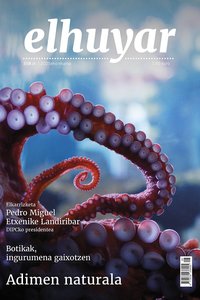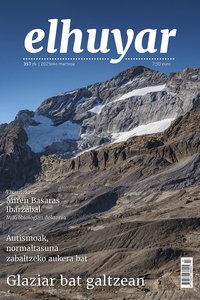Discovery of the missing link in the history of Indo-European languages through genetic research

I was born in A.D. The ancient DNA of 435 people who lived in Eurasia between the years 6,400 and 2,000 has been analyzed to clarify the origin of the Indo-European language. Iñigo Olalde Marquínez, researcher of the BIOMICS group of the UPV/EHU, participated in the study, whose results have been published in the journal Nature. It is concluded that a recently identified population, the Caucasus-Lower Volga, can be associated with all Indo-European language populations.
Almost half of the world’s population speaks some form of Indo-European language. They all come from the Proto-Indo-European language, with a total of more than 400. Among them are Germanic, Romance, Slavic, Indo-Iranian and Celtic, among others. Researchers have been investigating the origin and dissemination of Indo-European languages since the 19th century, but there is still a huge gap.
Previous genetic studies had shown that the Jamna or Yamna culture (of the Ponto-Caspian steppes north of the Black Sea and the Caspian Sea) had been established in the United States. It spread from around 3,100 years onwards, both towards Europe and towards Central Asia. This explains the appearance of the origin of the steppe in B.C. In populations from all over Europe between 3,100 and 1,500 years old.
These migrations of the Steppe population have had a greater impact on the genomes of human beings in Europe than any other demographic event in the last 5,000 years, and it is generally believed that it was probably through these migrations that the Indo-European language was spread.
Until then, the only branch of the Indo-European languages that did not show the origins of the steppe was Anatolian, and within it, the Hittite. It was the branch that first separated itself from the family, and therefore preserved the archaisms that were later lost in all the other branches.
According to the article now published, in previous studies no ancestors of the steppe were found among the Hittites, and the reason for this is that the origin of the Anatolian languages was another language of a group of people that has not been adequately described until now. Now it has been discovered that this population was aeolithic—K. a . . . . . . It dates from 4,500 to 3,500—and lived on steppes between the mountains of the North Caucasus and Lower Volga. Using this population as a genetic source, at least five pre-Hittite or Hittite humans from Anatolia have revealed an ancestor from this region.
It has been shown that the Jamna population has about 80% of its origin in the Caucasus-Lower Volga group. The inhabitants of Central Anatolia in the Bronze Age (Hittite speakers) also had 10% of their origin in this group. Therefore, this group of the Caucasus-Lower Volga can be associated with all the peoples who spoke Indo-Anatolian, and it is very probable that in this region A.D. To be a people who spoke Indo-Anatolian between the years 4,400 and 4,000.
Buletina
Bidali zure helbide elektronikoa eta jaso asteroko buletina zure sarrera-ontzian










